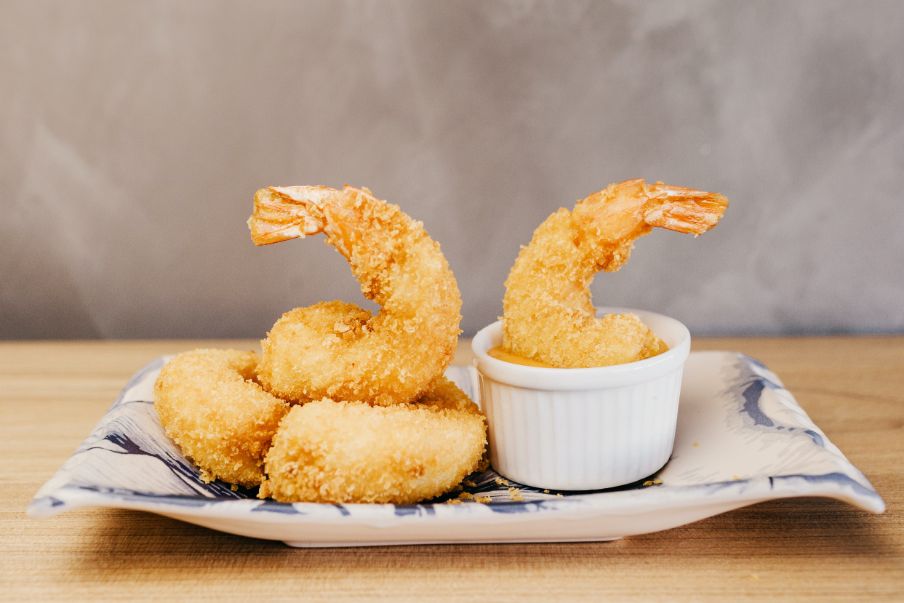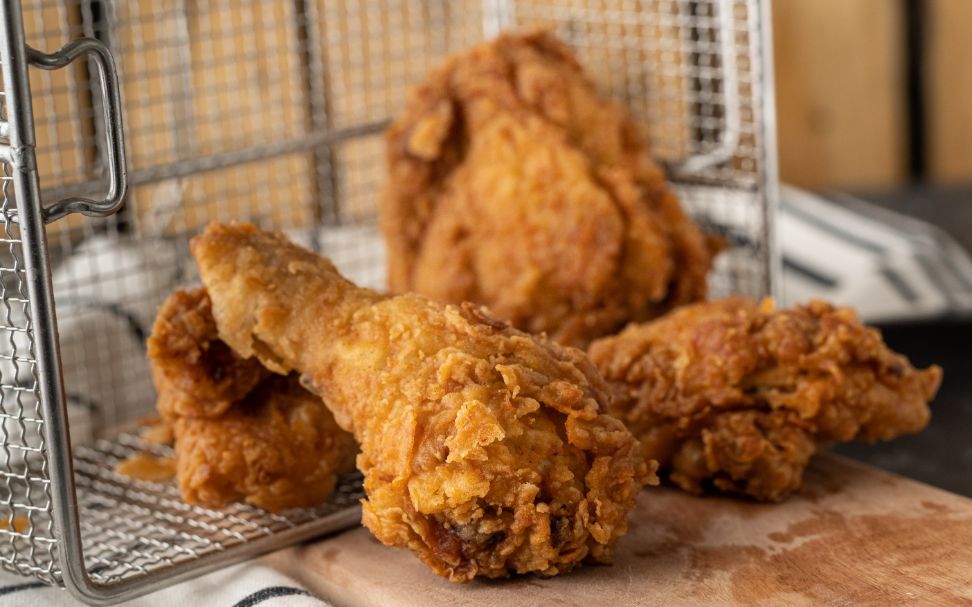
When fresh from the fryer, fried foods have a crispy crunch, but as they cool, steam is released, which can make the crust soggy. Hot foods may also lose their crunch if they are refrigerated or placed in airtight containers.
Maintaining good ventilation to allow steam to escape is the best way to keep food crispy while it is being transported. Additionally, you ought to offer absorbent material to mop up extra moisture. On longer journeys, you will need to allow the food to cool and then reheat it; on shorter journeys, you can keep the food warm.
Here are some fundamental recommendations for maintaining the crispiness of fried food. When used properly, fried food can be kept reasonably crisp for a long time.
What Causes Fried Food Soggy?
Fried food frequently contains a lot of moisture. The steam that escapes from the food as it leaves the fryer is made up of moisture.
If you don’t ventilate your fried food, the crispy coating will become soggy and unpleasant because the steam will have built up inside of it. Therefore, the steam must be allowed to escape as the primary focus of any solutions.
How Do We Prevent The Food From Getting Soggy?
Cooling Racks
Cooling racks are frequently used to quickly cool down baked goods like cookies and muffins, but they also stop steam from building up underneath and soggily affecting the food. In a similar vein, placing fried food on a cooling rack allows excess oil to drip off while maintaining adequate airflow beneath the food to prevent soggy bottoms.
If you’ve ever seen a high-volume restaurant or fast-food chain kitchen in action, you’ll notice that they keep deep-fried foods like fried chicken on perforated trays that function very similarly to the cooling rack and baking sheet combination.

Don’t Transport Fried Food In Styrofoam
Styrofoam containers were the norm for takeout food containers for a long time. Styrofoam doesn’t leak and makes an excellent insulator for keeping food warm.
It doesn’t breathe either, so it traps steam around fried food and makes it soggy. Because it is not biodegradable, Styrofoam packaging is a hot topic in today’s society.
Packaging made of cardboard and paperboard is not only better for the environment than Styrofoam, but it also lets out a lot more steam, especially if it is ventilated with holes. Take KFC as an example; their to-go packaging consists of cardboard buckets with vented lids. Similar ideas are employed by other fast-food restaurants to allow the food to breathe.
Ventilation
Transporting fried foods is best done in paperboard or cardboard boxes with lots of holes for proper air circulation. Plastic food containers with holes can also be used. Avoid using airtight containers like sealed Tupperware because they will trap moisture and saturate the food.
Containers with vents keep moisture from condensing around hot, fried food. The vents shouldn’t be too big, so check that. Smaller vents are still sufficiently large to permit the escape of steam and moisture from the container, while larger vents will cause the food to become cold.
Be careful not to wrap the food too tightly if you are wrapping it before placing it in the container (burgers, for example). For foods that need to be crispy, a tight wrap will lock in moisture.
Wrap the food loosely to allow it room to breathe so that it stays crispy. We recommend the following materials for wrapping your food:
- Parchment paper
- Beeswax food wrap (environmentally friendly option)
How Can I Keep Food Crispy By Keeping It Cool?
Keeping food cold while transporting it helps to maintain food’s crispiness because condensation formed on the outer surface of fried food causes it to become soggy.
Allow fried food to cool down for as long as possible before packaging it if you need to transport it over long distances, like across the country. By doing this, it can be kept from becoming damp in the first place due to the steam.
The food will need to be reheated when you arrive at your destination. If you want to reheat, use an oven instead of a microwave. Skip the foil when reheating breaded fried foods like fried chicken because it will trap moisture and make the food soggy. A pizza stone, slow cooker, or toasty container are examples of passive warming devices that can help keep your food warm and crispy on shorter trips.
If there is room, you can also place the food on the floor beneath the foot vents in the car’s footwell. Turn up the heat to create dry, warm air that will keep your food both warm and crispy.
Final Thoughts
Freshly fried food is always going to taste best. If you must transport it, make sure to drain any excess oil and moisture before placing it inside a paperboard container that has been lined with paper towels and is well-ventilated.
Try this tip the next time you make doughnuts, fried chicken, fries, egg rolls, latkes, or any other delicious deep-fried food you crave! Even foods that aren’t fried, like waffles, can be kept crisp in this way.
